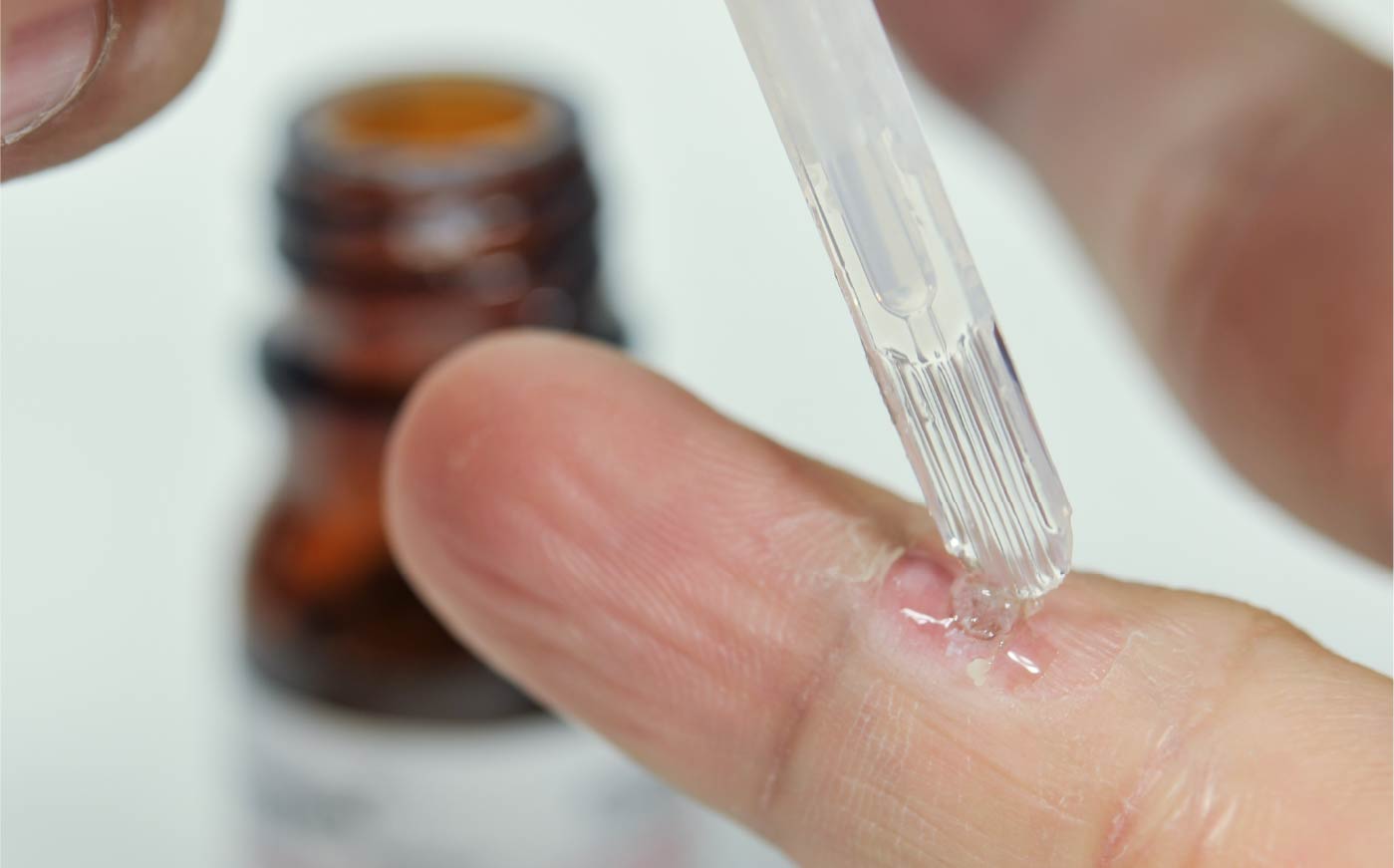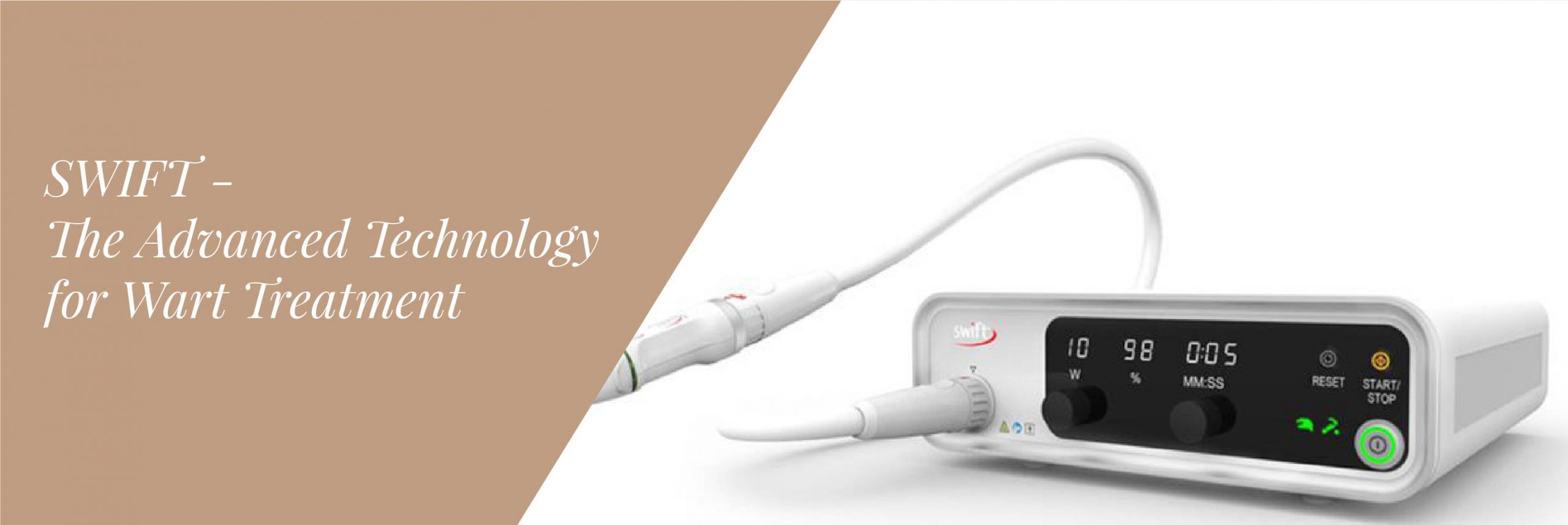
Deep plantar wart

Young plantar warts
What Are Plantar Warts?
Plantar warts or verruca are small growths that usually appear on the heels or other
weight-bearing areas of your feet. This pressure may also cause plantar warts to grow inward beneath a
hard, thick layer of skin (callus).
FAQs
- What are the symptoms of plantar warts?
- A small, fleshy, rough, grainy growth (lesion) on the bottom of your foot, usually the base of the toes and forefoot or the heel
- Hard, thickened skin (callus) over a well-defined "spot" on the skin, where a wart has grown inward
- Black pinpoints, which are commonly called wart seeds but are actually small, clotted blood vessels
- A lesion that interrupts the normal lines and ridges in the skin of your foot
- Pain or tenderness when walking or standing
- What are the causes of warts?
 Plantar warts are caused by an infection with HPV in the outer layer of skin on the soles of your feet. They develop when the virus enters your body through tiny cuts, breaks or other weak spots on the bottoms of your feet. HPV is very common, and more than 100 kinds of the virus exist. But only a few of them cause warts on the feet. Other types of HPV are more likely to cause warts on other areas of your skin or on mucous membranes.
Plantar warts are caused by an infection with HPV in the outer layer of skin on the soles of your feet. They develop when the virus enters your body through tiny cuts, breaks or other weak spots on the bottoms of your feet. HPV is very common, and more than 100 kinds of the virus exist. But only a few of them cause warts on the feet. Other types of HPV are more likely to cause warts on other areas of your skin or on mucous membranes. - Is the virus transmissible?
The HPV strains that cause plantar warts are not highly contagious. The virus is not easily transmitted by direct contact from one person to another. But it thrives in warm, moist environments. Consequently, you may contract the virus by walking barefoot around swimming pools or locker rooms. If the virus spreads from the first site of infection, more warts may appear.

Treatments for Plantar Warts and Palmar Warts

In some cases, a plantar wart will resolve naturally. Other cases may require
treatment. The Next Step Medical Clinic provide you alternative treatment options:
- Curettage, which involves cutting out the wart
- Liquid nitrogen, which can be used to “freeze” off the wart
- Laser therapy
- Natural remedies
- Salicylic acid cream, a topical cream that can “burn” off the wart
- Topical medication applied directly to the wart

What is SWIFT?
SWIFT is a cutting-edge, FDA cleared technology that has proven to be highly effective in the
removal of
plantar warts. It delivers low dose microwave energy through a specialized probe that targets and treats the
underlying HPV virus by stimulating a natural immune response in the body. SWIFT technology addresses the root
cause and not the symptoms of plantar warts, thus preventing its recurrence.
FAQs
- How does SWIFT Wart Therapy work?
Wart Therapy delivers a precise, highly controlled energy dose to the infected tissue. As microwaves travel into the tissue, water molecules begin colliding and creating localized heat energy. Within seconds, the treatment is complete and the immune response begins. Heat shock proteins within HPV infected cells are released, alerting the body to the presence of the virus.

- How is SWIFT a better wart therapy than other treatments?
- Faster
- Cleaner
The SWIFT device also features a disposable tip – which removes the need for sterilization between patients and eliminates the risk of cross-contamination.
The precision treatment of SWIFT does not break the skin – meaning no blisters, no padding, no scarring – overall resulting to a cleaner, safer alternative.- Digital Time and Power dials: ensure consistent and precise energy delivery
- Advanced alarm systems: ensure maximum safety for patients
- Internal components: similar to those used in interventional oncology
- Does SWIFT Wart Treatment hurt?
As the treatment involves a sudden increase in temperature, It is likely you will feel some discomfort, like a sharp sensation, similar to an injection. However, each dose of energy administered only last 2 seconds, so your discomfort will quickly subside.
- How will I feel after SWIFT Wart Treatment?
In some cases, the treated area may feel sore but will not affect you undertaking normal daily activities.
- How many treatments will I need?
SWIFT protocol involves between 3 and 4 treatments, spaced 4 weeks apart; aligning with the body’s natural immune cycle. Each treatment lasts 15 minutes.Before & After Treatment
 Before Treatment
Before Treatment- Pain level of 7-8/10
- Needling treatment failed
- 3 treatment of 10W for 5 seconds
- Pain reduced to 3/10 after 2nd treatment
 After 4 weeks4 weeks after 1st treatment
After 4 weeks4 weeks after 1st treatment After 8 weeks4 weeks after 2nd treatment
After 8 weeks4 weeks after 2nd treatment After 12 weeks4 weeks after 3rd treatment
After 12 weeks4 weeks after 3rd treatment
Feedback From Practitioners


Patient Reviews


For More Details

Charlie S.K Lau
Registered Podiatrist (NZ)
BHsc Podiatry (NZ)
PgD in Musculoskeletal Medicine and Rehabilitation (CUHK)
Member of PodiatryNZ
Member of International Podiatrists Association of Hong Kong (IPAHK)
BHsc Podiatry (NZ)
PgD in Musculoskeletal Medicine and Rehabilitation (CUHK)
Member of PodiatryNZ
Member of International Podiatrists Association of Hong Kong (IPAHK)
Charlie is a podiatrist registered under the International Podiatrists Association of Hong
Kong and
registered with the Podiatrists Board of New Zealand. He received professional training in podiatry from
the Auckland university technology in New Zealand and furthered his education and obtained his
Postgraduate Diploma in Musculoskeletal Medicine and Rehabilitation from the Chinese University of Hong
Kong.
Charlie is currently working at the Matilda international hospital/ Matilda Medical Centre (Central) , Hong Kong Adventist Hospital- Tsuen wan and Gleneagles Hospital Hong Kong. He had worked in two multidisciplinary clinics in Shanghai. He also volunteered at the HKSKH Lady MacLehose Centre and provided podiatry education for the disadvantaged. Charlie work closely in partnership with consultant orthopedic surgeons, general practitioner and physiotherapist. They ensure each patient is thoroughly assessed; diagnosed and optimum treatment is selected.
His experience in a private practice in New Zealand and at the Matilda International Hospital in Hong Kong has provided him with a comprehensive understanding of diagnosis and treatment of a wide array of pathologies of the foot and lower leg, including:
Charlie is currently working at the Matilda international hospital/ Matilda Medical Centre (Central) , Hong Kong Adventist Hospital- Tsuen wan and Gleneagles Hospital Hong Kong. He had worked in two multidisciplinary clinics in Shanghai. He also volunteered at the HKSKH Lady MacLehose Centre and provided podiatry education for the disadvantaged. Charlie work closely in partnership with consultant orthopedic surgeons, general practitioner and physiotherapist. They ensure each patient is thoroughly assessed; diagnosed and optimum treatment is selected.
His experience in a private practice in New Zealand and at the Matilda International Hospital in Hong Kong has provided him with a comprehensive understanding of diagnosis and treatment of a wide array of pathologies of the foot and lower leg, including:
- Athletic and sports injuries of the foot, knee, and hip
- Biomechanical assessments (examination of the lower limbs, looking at their structure, alignment, strengths and weaknesses)
- Chronic pathologies
- Diabetic foot care
- Footwear assessment
- Nail & skin pathologies (callus / cracked heels, corns, in-growing toenails, fungal nails, verrucae, foot warts, etc.)
- Neurological disorders
- Orthotic prescription
- Paediatric assessment
- Rheumatoid arthritis
- Vascular & musculoskeletal disorders


